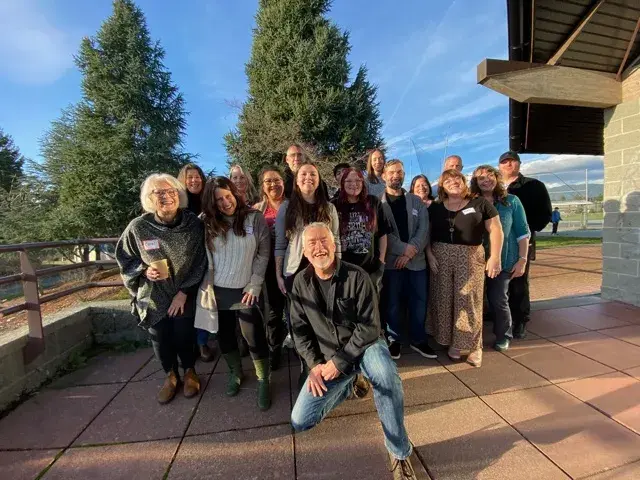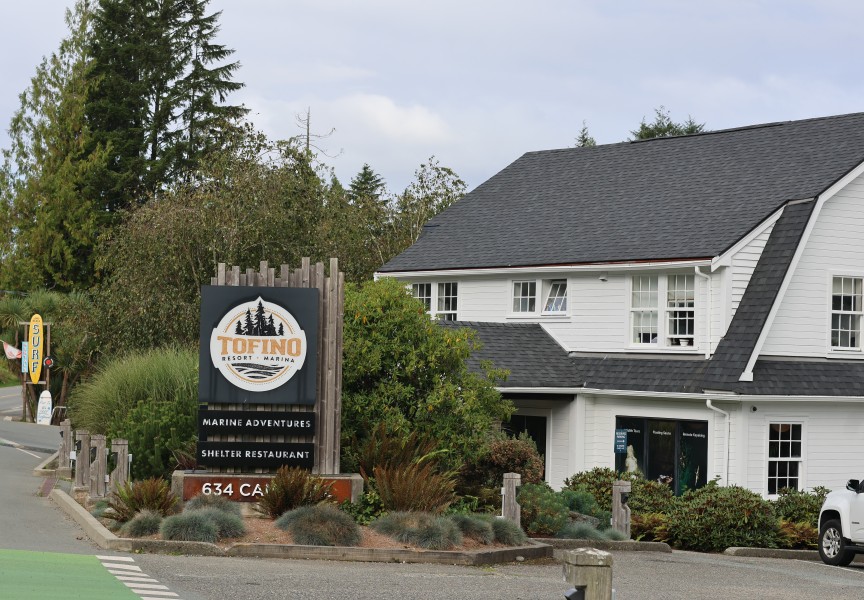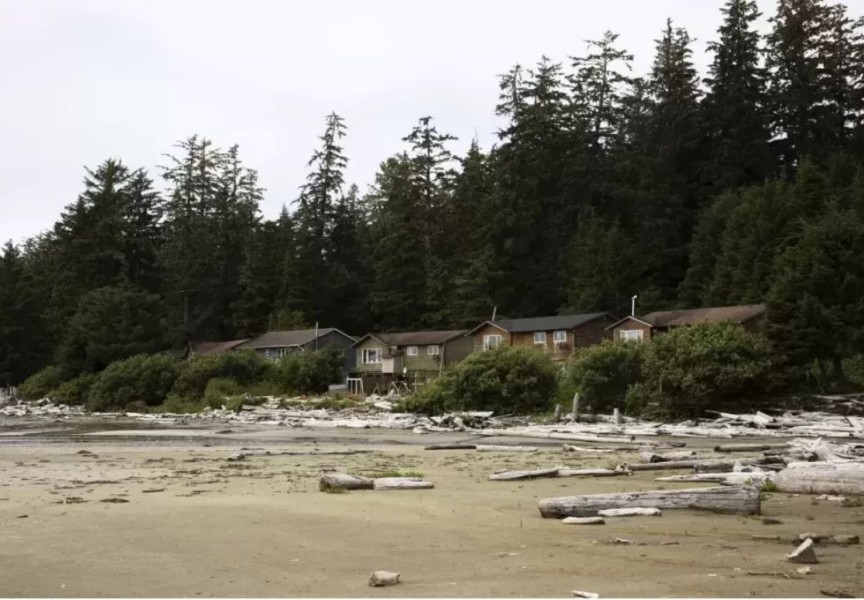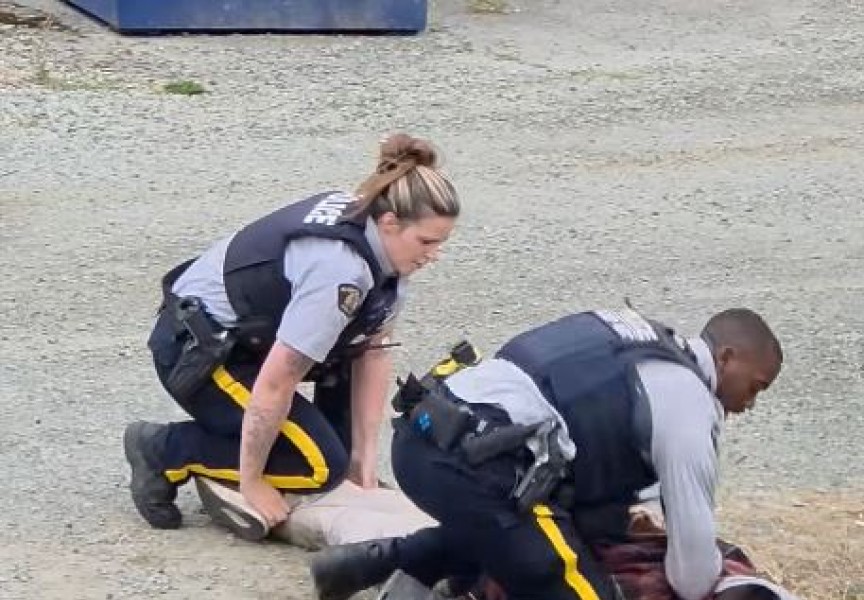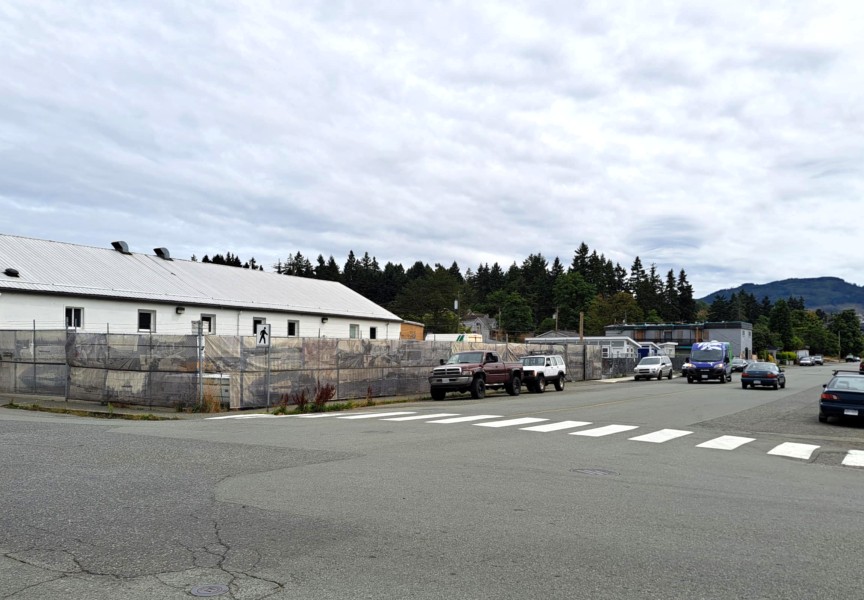Is restorative justice a solution to B.C.’s backlogged court system? Can it reduce the overrepresentation of Indigenous people in jail?
Duncan Booth, executive director of the Alberni Valley Restorative Justice Society (AVRJS), believes the process has the potential to reduce recidivism, plus save time and money for criminal justice partners including the RCMP, Crown counsel, the courts and BC Corrections.
“The model that we’ve been using to facilitate our cases is certainly more inline with Indigenous tradition than the criminal justice system that we have now,” said Booth.
“We use a healing circle and a talking piece. We try our best to be mindful of using a trauma-informed lens. It takes as long as it takes. We do a lot of pre-work,” he said.
According to Public Safety Canada, it costs taxpayers $255,889 per year to keep an Indigenous woman incarcerated. For men, it costs $146,456 per year.
Founded in 2001 with a small budget and small case load, the AVRJS team worked on 21 new files this past year for a range of offenses, including: assault, robbery, mischief, arson, theft and drunk driving.
Sexual assault and intimate partner violence are a bit of a “grey area” for the Restorative Justice team, says Booth. While they don’t readily take cases of that nature on, when they do, it’s a matter of making sure they have the appropriate team in the healing circle.
Restorative agreements are sorted out within the healing circle, which could include
commitments to community service, written and in-person apologies, connections to employment, counselling, cultural, and recreational services and healing.
“Really the whole idea is not to punish but to repair the harm that was caused. (The circle) provides closure to the harmed and a path to go forward in a good way,” said Booth.
Individuals referred to the restorative justice process generally avoid incarceration and permanent criminal records, according to Booth.
“Typically, we get a lot of first-time offenders,” he said. “In my limited in opinion, it gives people that perspective. It’s that healing, it’s that knowing that they’ve taken the actions to repair the harm that they’ve caused. It causes a perspective shift.”
“There is always some sort of trauma involved. I don’t think people just go out and commit crimes. There are no bad people, I think there are bad circumstances and there are bad systems,” he continued.
Tseshaht First Nation elected Chief Councillor Wahmeesh (Ken Watts) said Tseshaht does not currently have any resources for justice activities, so they look to partners like AVRJS for support.
“Restorative justice is an opportunity that is addressed on a case-by-case basis,” said Wahmeesh in an email.
“At times, the formal legal process must occur, but often our Nation can work collaboratively with the Alberni Valley Restorative Justice Society and other groups to take on the necessary work that reflects our territory, values and principles,” said Wahmeesh.
On Oct. 14, the BC First Nations Justice Council (BCFNJC), in partnership with the BC RCMP, officially opened an Indigenous Diversion Centre (IDC) in Prince George, B.C.
The IDC is the first of its kind in Canada and diverts Indigenous people from being charged with an eligible offence. The centre is a therapeutic diversion model, according to the BCFNJC, that focuses on the root causes of offending by providing a caring cultural environment where true rehabilitation and healing can occur.
“Our team will develop an individualized 90-day Diversion Plan where our participants commit to a set of activities in order to have their charges dropped,” notes the BCFNJC.
With Port Alberni’s elevated crime rate, Booth would love to see a similar Indigenous diversion centre open in the region.
“There is an unfair representation of Indigenous people in the court system. Ultimately, what we would like to do is build out relationships,” he said.
Funding crisis in a time of growth
AVRJS recently held an inaugural healing circle at Tseshaht’s new Somass Hall, and Booth says the demand for restorative justice continues to grow with additional referrals coming from Tseshaht, Uchucklesaht, Hupacasath, Ahousaht, Ditidaht and Huu-ay-aht First Nations, as well as local schools and community groups.
But sadly, like hundreds of non-profits across the province, the AVRJS is fighting an uphill battle to secure funding.
“We might have to pump the brakes because we don’t have the funding,” said Booth, who is the only paid staff at the society.
“Across the board there have been cuts to everybody. That’s starting to be more visible, but we are hopeful. There are things hanging in the rafters,” he said.
“There’s definitely a big need in the community. I think it’s really compelling and important work that supports better outcomes for people. I’m really hoping we can continue on the upward trajectory that we’ve been on,” he added.
Anyone interested in learning more about restorative justice is encouraged to attend the AVRJS AGM on Dec. 3 at the Echo Centre or visit their website: albernirestorativejustice.com/.

